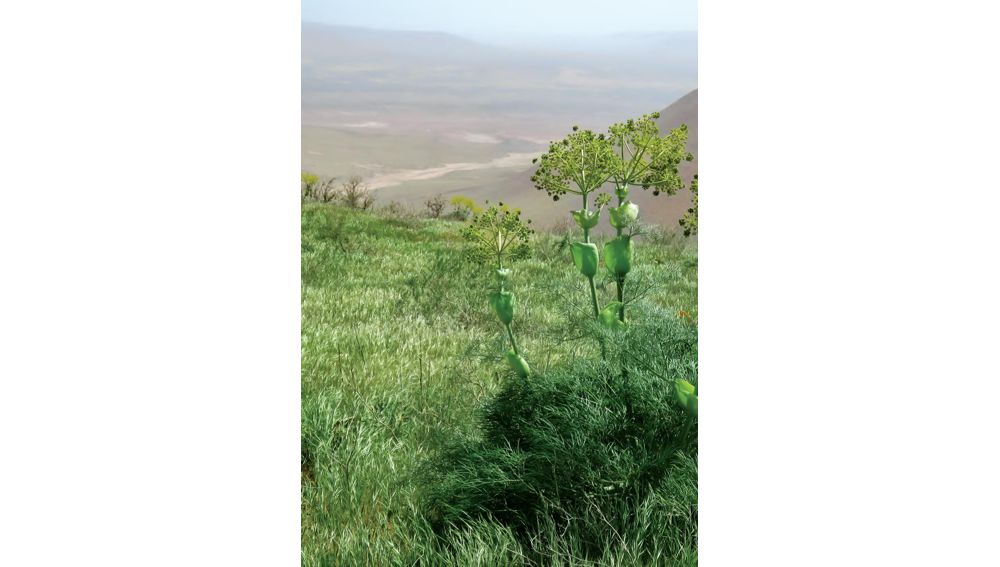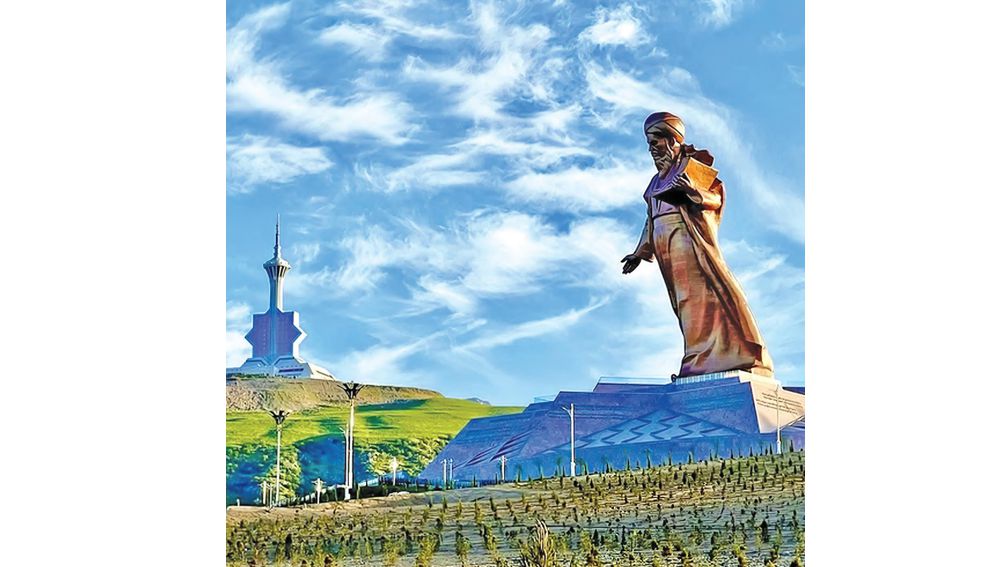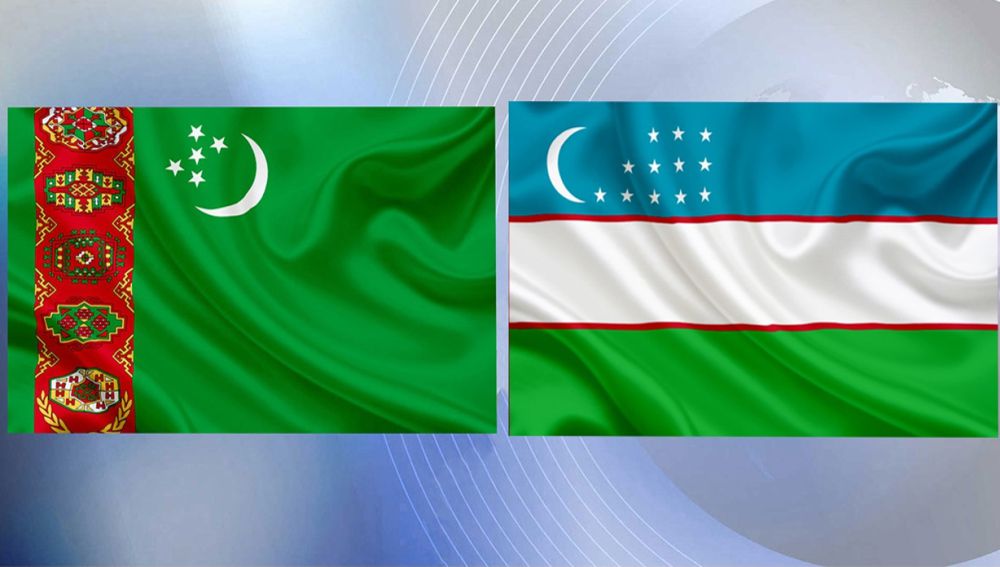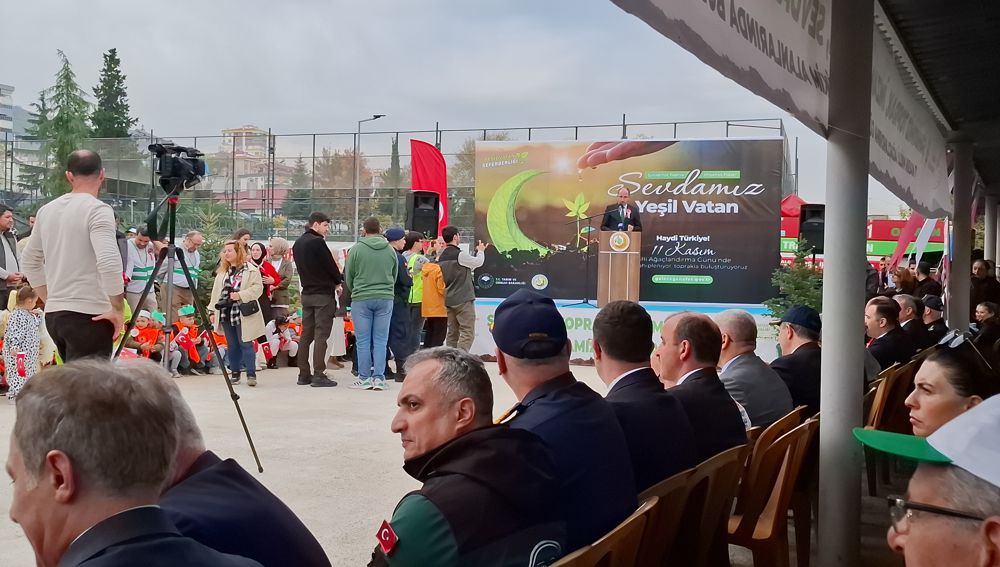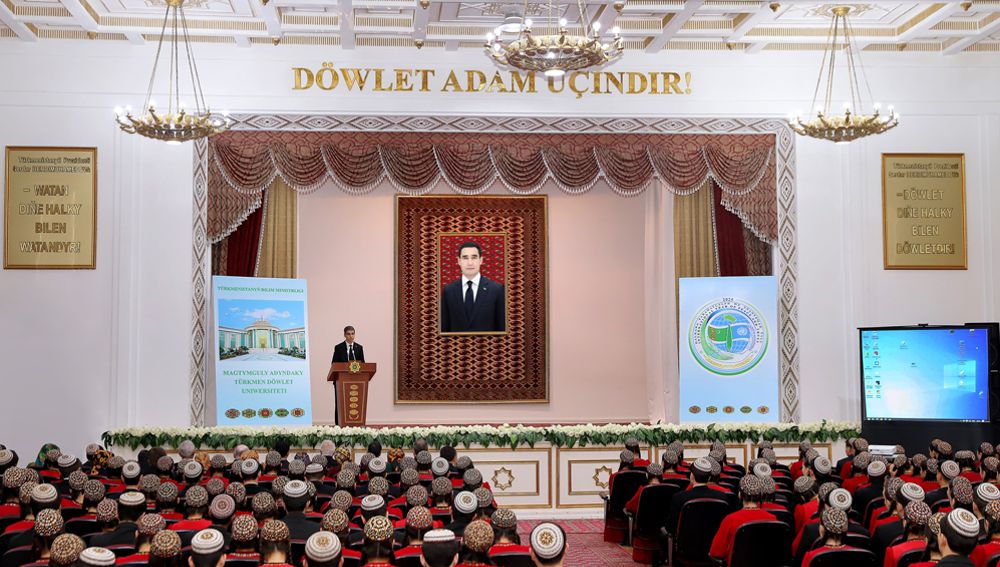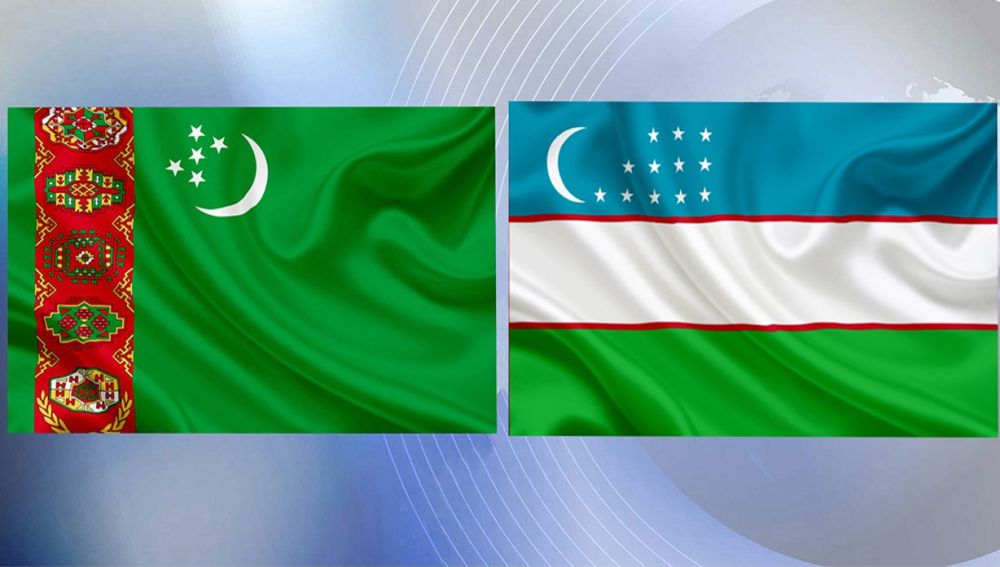ENVIRONMENT PROTECTION IS A PRIORITY AREA OF STATE POLICY IN TURKMENISTAN
223 Climate change is one of the major international problems of the 21st century. Although this process began earlier, it has accelerated significantly over the past 40–50 years. According to the World Meteorological Organization, 2024 was the warmest year in the history of instrumental observations, and for the first time, the global annual temperature anomaly exceeded the threshold of 1.5°C compared to pre-industrial levels. Of course, the figure for one year does not mean that the Paris Agreement on climate change has already lost its significance, but it serves as a stark reminder that global temperatures are rising much faster today than in the past tens of centuries. Living organisms, and after them the most important ecosystems of the planet, do not have time to adapt to such rapid climate change.
The Esteemed President of Turkmenistan Serdar Berdimuhamedov at the inauguration ceremony on March 19, 2022, especially emphasized that large-scale measures will be taken to ensure environmental well-being, preserve flora and fauna for future generations, enrich their biological diversity, effectively and sustainably use natural resources, and transform our fertile land into the prosperous region. This path of sustainable development chosen by the Head of state is strictly adhered to in the current 2025, declared under the motto "International Year of Peace and Trust".
Turkmenistan is located in the most arid zone of the Aral Sea basin in Central Asia. The instrumental observations show that the average annual air temperature increased by almost 2°C in Turkmenistan from 1950 to 2010, significantly ahead of global indicators, which amounted to 0.8°C over the past 100 years. These data show how much stress our country’s fragile ecosystems are experiencing and how important it is to implement adaptation measures to maintain stable growth of the national economy. Of course, climate change issues, conservation of flora and fauna, and the fight against desertification and land degradation are the most important ones, because these problems directly affect all sectors of the economy, primarily human health, food security, including water supply.
It is important to note that environmental protection issues related to the rational use of natural resources, conservation of biological diversity, combating desertification and land degradation, countering the harmful effects of climate processes occupy an important place on the agenda of the Government of Turkmenistan. The serious attention of the state to this issue is determined, first of all, by environmental and socio-economic considerations, as well as the importance
of the country’s involvement in regional and international efforts to combat climate change, preserve biodiversity and valuable ecosystems. Building a sustainable future for society in harmony with nature is the cornerstone of all efforts undertaken by the country, both at the national and regional as well as international levels. Turkmenistan’s initiatives, voiced at sessions of the United Nations (UN) General Assembly to ensure environmental security, rational use of natural resources, climate change, combat desertification, and develop transport and communications in Central Asia and the Caspian Basin, testify to Turkmenistan’s commitment to the policy of positive international cooperation.
Turkmenistan has set a course for transition to the "green" economy. Today, the total number of international agreements, conventions, programmes, and protocols signed and ratified by Turkmenistan exceeds 25, and the country strictly follows the fulfillment of its obligations assumed under these agreements. Based on the recommendations of the UN Framework Convention on Climate Change (UNFCCC), taking into account the specific climatic conditions of our country and its obligations after joining the Paris Agreement, in 2019 Turkmenistan adopted a new version of the National Strategy on Climate Change, representing the national vision of climate change issues and is the basis for the formation and implementation of the country’s state policy on issues related to climate change and its consequences.
Currently, in accordance with this Strategy, significant practical efforts are being made in Turkmenistan, targeted work is being carried out to integrate climate change adaptation issues into all economic and social strategies and sustainable development programmes. The implementation of these programmes and strategies will contribute to the acceleration of low-carbon development of the country, as well as the timely fulfillment of the adopted international obligations under the UNFCCC, the Paris Agreement on Climate and the relevant global Sustainable Development Goals.
In 2022, Turkmenistan prepared and submitted to the UNFCCC Secretariat its Nationally Determined Contribution (NDC) under the Paris Agreement on Climate Change, according to which the country will gradually reduce the growth of greenhouse gas (GHG) emissions, while more rapid growth in the implementation of energy efficiency is expected. Specific GHG emissions per unit of gross domestic product (GDP) will also decrease. Economic development plans ensure sustainable economic growth until 2030, however, the growth rate of GHG emissions will lag significantly behind the growth rate of GDP.
Turkmenistan joined the Global Methane Pledge and began work on its implementation and international cooperation to reduce methane emissions. In Turkmenistan, a lot of work is being done in the oil and gas sector to reduce methane emissions by introducing new technologies and increasing the volume of associated petroleum gas utilization, and reducing natural gas losses during production, transportation, storage and processing. Concrete steps taken contribute to improving the environmental situation in the country and fulfilling its obligations under international agreements and conventions. In 2025, Turkmenistan prepared the First Biennial Climate Change Report and the First Biennial Transparency Report, and is completing the Fourth National Communication on Climate Change under the UNFCCC. Fully supporting global adaptation efforts, during the 26th session of the Conference of the Parties to the UNFCCC, Turkmenistan joined the Glasgow Declaration on Forests and Land Use. The country has launched a huge tree planting effort, reforestation work is nationwide, the National Forest Programme of the Esteemed President of Turkmenistan Serdar Berdimuhamedov is being implemented, according to which at least 3 million coniferous and deciduous trees, as well as fruit trees and grapes are planted in the country every year. All segments of the population, all state and private structures participate in the implementation of this noble cause. Over the past 30 years, more than 162,5 million trees have been planted, new artificial forest belts have appeared on the total area of 228 thousand hectares, sustainable land use is being introduced everywhere, natural ecosystems are being restored. Numerous adaptation measures are planned to adapt forestry to climate change, including: protection and improvement of forest quality as accumulators and absorbers of greenhouse gases; reforestation and afforestation using rational forest management methods; creation of new forest areas, and other measures.
Biological diversity of Turkmenistan, being a natural wealth, plays an important role in the economy of the country, culture and traditions of the people. As is known, the territory of Turkmenistan is located within one of the global ecological regions, within the boundaries of which there are two large hot spots of biological and genetic diversity – the Kopetdag-Khorasan (Kopetdag, Greater and Lesser Balkhan) and Central Asian (Koytendag) Mountains. Up to 16% of the species composition of the flora of the Balkhan Mountains are considered national or regional endemics, the level of endemism of the vegetation of the Kopetdag reaches 18%. These same mountainous areas are home to such rare species as the mountain sheep or argali, the bearded (bezoar) goat, and the West Asian leopard. The largest population of the Central Asian leopard in the region is concentrated in Kopetdag, its numbers are increasing in the Greater Balkhan, and it is expanding its range, being observed in the northwestern part of the country – South Ustyurt, and even outside our country – on the territory of Kazakhstan. Taking in to account these circumstances, active work is currently underway to create new specially protected natural areas (SPNA) in the mountains of the Greater and Lesser Balkhan and in the South Ustyurt. In general, great importance is attached to the expansion of the SPNA network as the most effective way to preserve biodiversity in the country.
Within the framework of the National Forest Programme of Turkmenistan for 2021–2025, in addition to the above-mentioned Balkhan Reserve, it is planned to create three more sanctuaries – Zengibaba in Dashoguz velayat, Pitnyak and Tallymerjen in Lebap velayat. On September 20, 2023, at the 45th extended meeting of the UNESCO World Heritage Committee, held in Riyadh, Saudi Arabia, a number of sites of the serial transnational nomination "Turanian Deserts of the Temperate Zone" were included in the UNESCO World Heritage List. The fact that the Bereketli Garagum and Gaplangyr State Nature Reserves, as well as the Repetek State Biosphere Reserve and its Yeraja State Nature Sanctuary were included in this list, along with sites from Kazakhstan and Uzbekistan, testifies to the recognition at the international level of the efforts of the Esteemed President of Turkmenistan Serdar Berdimuhamedov to preserve and increase the country’s natural wealth – flora and fauna.
Jumamyrat Saparmyradov, National Institute of Deserts, Flora and Fauna of the Candidate of Biological Sciences
Altyn Kakageldiyeva, Turkmen State University named after Magtymguly

